-
Posts
2,170 -
Joined
-
Last visited
Content Type
Profiles
Forums
Gallery
Events
Posts posted by JSGerson
-
-
Then I noticed another problem. Now that I’ve got the outer #3 “rooster tails” spaced horizontally correctly, they do not have the same aft angle as the inner frames. I had noticed this earlier, but thought it was to compensate for the counter’s curve. It may have been, but not to this extreme. I know others have had problems with this area and have rebuilt the transom corners. It may come to that, but first I want to install the inner frames to calculate from the inside out the final shape of the #3 frame.
- Nirvana, CaptainSteve and Geoff Matson
-
 3
3
-
Problems arose after I had glued in the outside #3 frames into place. They were beveled so they matched the vertical angle of the tumblehome of bulkhead R as well as the horizontal angle of the stern counter side. When I dry fitted frame #2, I noticed something was wrong. The rooster tails (my term) of the frames that will form the frame work for the transom at the spar deck level, were too close to each. When I measured the full width at the gun deck level, they were too close by about ¼” and even more so at the top of the future bulwarks and taffrail. While measuring (and muttering to myself) my sleeve lightly brushed against the starboard “rooster tail” and knocked it off. Then while trying to spread the #3 frames apart just a bit, I broke the starboard frame off almost to its base. I was able to get the port side off with just 2 cracks. This time, I re-glued the frames back into place with a spacer jig
- CaptainSteve, Geoff Matson, hexnut and 1 other
-
 4
4
-
What is it with transoms? I just don’t seem to have an easy go it. Yes, I’m modifying the heck out of it, but I’m taking my time, still it’s fighting back. Of the six solid frames that make up the transom, I’ve modified four to lower the gundeck support as I mention earlier: the outside #3 and the next inner one, #2. This meant removing the 1/8” of material and lowering the notches for the cross supports. However, I’ve also cut the thickness of the cross supports by a half so instead of being 1/8” they are now 1/16”. The #3 outside frames were also modified with a square entrance access to future quarter galleys. The two #1 inner frames were completely redesigned to open the space for the aft cabin. These once solid frames are now two shaped timbers, one “vertical” and the other horizontal. The horizontal member with the notches for the cross supports, will fit into a notch in the “vertical” timber. Until the pieces are glued into place, the horizontal timber final length will not be cut.
- CaptainSteve and Nirvana
-
 2
2
-
Not knowing at this point how much I will reveal the gundeck especially the aft section, I wanted to make sure I had at least some source of light to illuminate the aft cabin. The quarter galleys have lots of windows, but they’re mostly for looks as they only illuminate the small side room used as a head and washing area. The entrance to the port quarter galley is from the captain’s stateroom is through a gunport like opening. The captain’s stateroom has two additional doors, one directly to the aft cabin and the other forward into the gun deck. They have a window of sorts, but they have no glass. It is more like fancy wooden bars on a prison door. Of course, the captain’s stateroom and head are mirrored on the starboard side marked as the Commodore stateroom on the US Navy plans. The same is true of the two aft cabin doors, one on either side of the alcove. I was able to recreate those barred doors in the #2 frames but not on the R Bulkhead. They will have printed images of doors openings. Had I thought about it before I installed the R bulkhead, I could/would have made them. However, it was the #2 frame windows I really needed open to allow what little light I had coming in from the quarter galleys. The last source of light, will be from the three transom windows. Of course, if I open up the spar deck a bit, I’ll get a bit more.
- usedtosail, CaptainSteve, DocBlake and 1 other
-
 4
4
-
Looking at pictures of the interior of the cabin, one can see the fine appointments on all the white walls of the aft cabin. To recreate this affect, I borrowed something I saw David Antscherl do for his model of a sixth-rate sloop at the NRG convention in Charleston SC some years back. This is the model he wrote four book volumes about. He had a checkerboard floor in the captain’s cabin. At that time, I had just finished doing the same thing for my Rattlesnake. I asked him how he got all his checker squares to line up so perfectly. He gave me a wry smile and said he printed the pattern on paper and pasted it in. I, following Robert Hunt’s practicum, had made mine out wood. It was a good build exercise and I’m glad I did it the hard way, but the master builder took the simpler route and got excellent results.
Since it will difficult to view this room in the model, going through all the effort to recreate seemed pointless, yet I wanted to capture the essence of this space. So, I printed wall pattern as well as the planking for the floors. Yes, I CHEATED!
- hexnut, Nirvana, CaptainSteve and 1 other
-
 4
4
-
-
-
There's a lot of detail packed into those boats. Hope you have as much fun as I did making mine.
- CaptainSteve, mtaylor, Canute and 1 other
-
 4
4
-
Problem
I’ve been going over and over the stern bash working out first, what I want as a final product and second, what do I have to do to get there. Basically, bulkhead R and the stern frames must be modified. In the process of doing this, I discovered I have a major error: my unmodified stern frames are off vertically by an 1/8”. If the frames were to be installed as called for by the kit plans, the tops of the stern frames should be flush with the top of bulkhead R to support the planking. In my case, the frames exceed the height of the bullhead by 1/8”. Reading Robert Hunt’s practicum at the end of section 2.2, he states: “…my transom frames [are] sticking up higher than they should. This is because my counter piece was too thick…” He then goes on to say he corrected the problem but did not discuss why it happened nor how he fixed it. Either there is a design flaw in the kit, or he and I committed the same error somehow.
Now the good news is because I already planned to modify the frames, I should be able to correct the problem. I just don’t know where I went wrong. Unlike Mr. Hunt, my counter piece appears to have the correct dimensions and is seated flush right on the keel frame. All the individual parts appear to have the proper shape and dimensions, all the reference lines line up, and the parts fit like they are supposed to… except when I measure them as a whole. I’m 1/8” too tall. I need to remove that 1/8” but from where? I don’t want to fix one problem only to create others further into the build.
As I see it, I really have only two options: I can either remove the 1/8” from the top of the frame or I remove it from the bottom. If I remove the excess material from the bottom of the frames, I will be changing the exterior shape of the stern. If I remove the material from the top of the frames, I am only affecting the interior of the stern. In effect I would be lowering the internal structural support to line it up with the remainder of the bulkheads. If this were a real ship, it would be like lowering the stern gundeck ceiling 9.6”. So, lowering the ceiling is what I’ll do. I still don’t know where I messed up. Here in the picture below are the #3 exterior frames with the mocked-up corrections. The internal frames will have extensive modifications including the error correction and still need to be designed.
-
With regards to the gunport spacing, or any other dimensional detail, I always check the US Navy plans. As I read it, the spacing is close but not consistently the same. From a distance, the eye may not see the differences.
Jon
- Bill Morrison, CaptainSteve and zappto
-
 3
3
-
I'll say this, you have courage, tenacity and are stubborn. But, I glad you made all the trial and error attempts so that I could profit by it and avoid all the pitfalls you've revealed. Thank you.
BTY, any chance you could post larger size images the next time?
Jon
- CaptainSteve and Blue Pilot
-
 2
2
-
Stern and Transom
From what I have read, the stern and transom seem to give a lot of builders, fits, I’m no exception. Just look at my Rattlesnake log. I decided that if there were going to be windows in the transom and quarter galleys (which there will be), then there ought to be something inside to see through those windows (never mind poor internal lighting and confined space). That means I must alter the kit’s method of forming them. To do that, I need to understand what is the kit’s method, so I can alter it to my needs.
My plan of attack was to mock up the stern based on the kit’s instructions and then make plans for the alterations. The kit provides 6 laser cut stern frames to sit on the stern counter to provide the support and create the shape of the transom. Those frames are almost identical to each other save for the two outer pieces (#3) which are a bit thicker and have subtle angle changes. I don’t know if #1 and #2 are supposed to be different, but I can’t tell the difference. Right off the bat, I had a minor problem, one of the two #3 pieces was not formed properly. This by the way is not unique to me. I noticed this flaw in at least one other build log.
Another problem that seems to catch a lot of builders off guard is the subtle curve of the transom as seen in the plan view. If the builder was careful when he created the stern counter, it should have been noted. The problem usually rears its ugly head when installing the laser cut the taffrail. Bob Hunt in his practicum made me aware with his warning. He stated that nowhere, either on the plans or the instruction booklet, is this curve specifically addressed. The problem arises because the 6 laser stern frames tend to create a flat transom surface as apposed to a slightly bowed one.
Based on and inspired by CaptainSteve (he’s doing a more extensive modification), It now appears that I will have to modify the 4 inner frames (#1 and #2) to allow me to create an open space for the Captain’s area and hopefully, I’ll address the errors I’m aware of and not create any new ones. I’m really flying without a net as I have never kit bashed without someone’s detailed instructions to follow. CaptainSteve has not finished his modifications or at least documented them so far.
- MEDDO, CaptainSteve, usedtosail and 4 others
-
 7
7
-
- Nirvana, hexnut, Geoff Matson and 11 others
-
 14
14
-
- DocBlake, SUBaron, Tigersteve and 8 others
-
 11
11
-
After reading another build log, it was brought to my attention, that I should check the fit of the bowsprit. It was a good thing that I did. The dowel that will be use for the bowsprit did not fit. With the help of my rotary tool and a drum sander, that was quickly resolved. It is a lot easier to adjust that now, rather that latter.
-
Bow Knightheads and Timberheads
The bow knightheads and timberheads are those vertical structural members at the front of the ship. The knighthead is the member which is next to the stem. I didn’t know that as I had to look them up. Anyways, in order to follow the plans exactly as drawn, I continue to use copies of the plans as templates marking each piece with their appropriate identifications. The plans don’t specifically state use a particular piece of wood stock, so I checked with Robert Hunt’s practicum to see what he used. What he chose made sense; so, I did the same:
- Spar Deck Framing – 3/32”
- #1 - 5/16” x 3/16”
- #2, #3, & #5 – 1/8” x 3/16”
- #4 – 1/16” x 1/8”
The practicum started with fitting and gluing the knighthead (#1) and then #5 to align the spar deck frame. I found it easier to install the spar deck frame first and then used it to align the remaining parts. After a lot of dry fitting of the pieces singularity and all together to ensure proper alignment, they were glued in with wood glue. What I noticed was that although I meticulously followed the template, the notches in the spar deck frame were not exactly the right dimensions. Some fudging had to be done.
- Nirvana, Ryland Craze, DocBlake and 5 others
-
 8
8
-
I was thinking that he could show us how to broadcast through the website, if it was possible.
- Piet, SawdustDave, Canute and 1 other
-
 4
4
-
-
Quote
Would be thrilled to have you and your friend. Need to find more friends from the surrounding area that may be interested in forming a “tall ship” modelers club....monthly or quarterly meetings.
I live in Aiken SC, about 3 hours away or so from Lumberton. It would be nice to have a local group of fellow wooden model enthusiasts.
Jon
- Piet, SawdustDave, CaptainSteve and 1 other
-
 4
4
-
-
At this point, the templates were removed, and new ones for the notches were put on the top surface. These were for the gunports and head access frames. These were delicately cut out with an X-axto knife with a fresh blade. Even then, I managed to crack one of the blocks near the big edge notch. PVC glue was used for the repair and I waited 24-hours for it to set to ensure a strong bond. These were then glued into place.
-
Bow Filler Blocks
I had anticipated that the bow filler blocks would go as easy as the stern blocks. Well they did…and didn’t. The initial cuts on the scroll saw went as planned, following the pattern on the templates. Removing the remaining excess wood took a bit longer than I expected. After removing the remaining bulk of wood with the disk sander, I was constantly checking the block on the bulkheads to see if a plank would fit around the curves. The one thing I feared was taking too much off or taking any material off in the wrong place. So, a little bit at a time, with constant checking, using just files, I believe I managed to get the proper shape. This took quite a bit of time. Patience, tenacity, and perseverance are the key.
- Geoff Matson, Ryland Craze, zappto and 2 others
-
 5
5
-
Geoff, you are so right. That is why I haven't posted anything yet for the bow filler blocks. I keep testing and finding I need to remove juuuuusst a bit more here and then there. So I'm taking my time.
Jon
- CaptainSteve, Nirvana, Geoff Matson and 1 other
-
 4
4
-
Mike - Surprisingly, I did not find it that difficult. However, That can not be said of the bow filler blocks, for me at least. Pictures and commentary to follow soon.
- Nirvana and CaptainSteve
-
 2
2



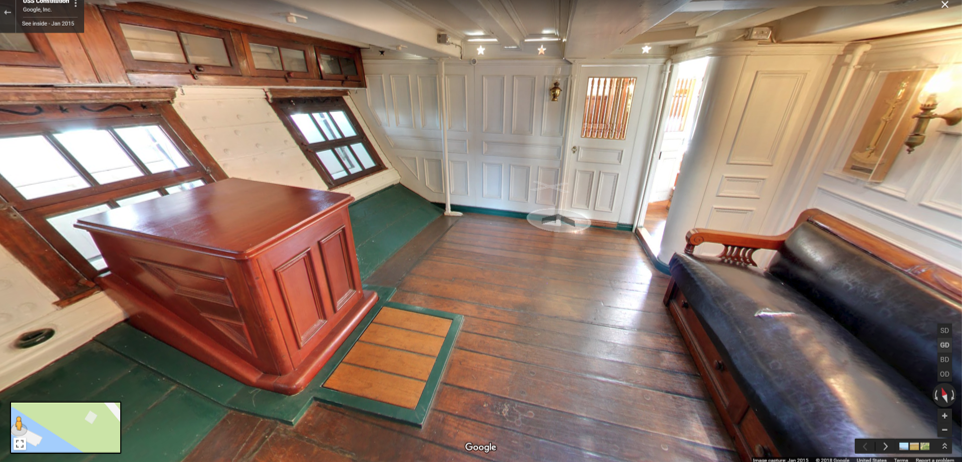
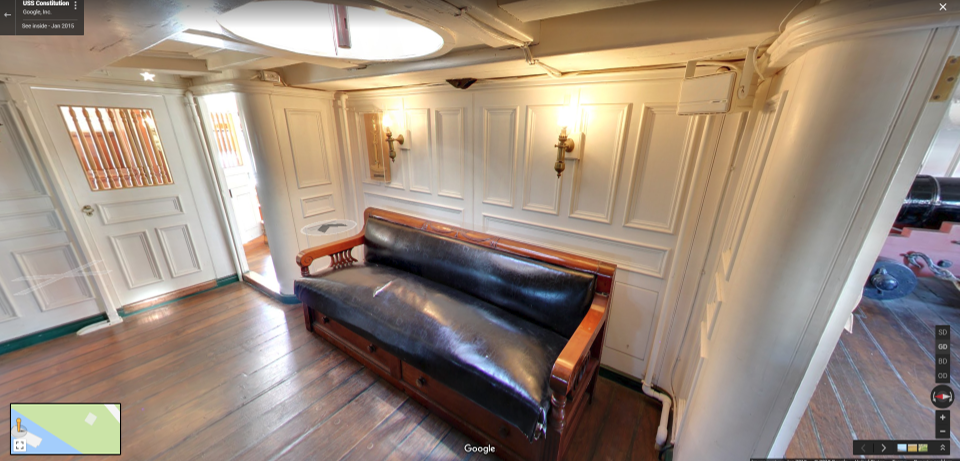
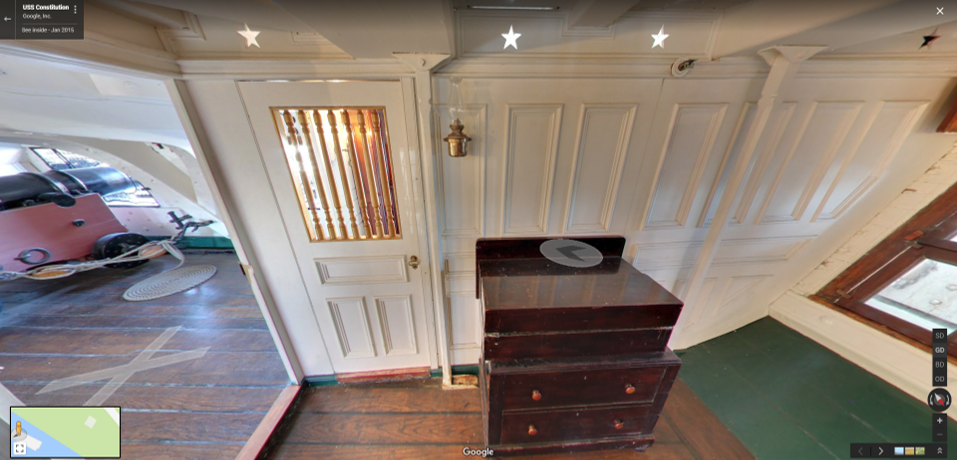
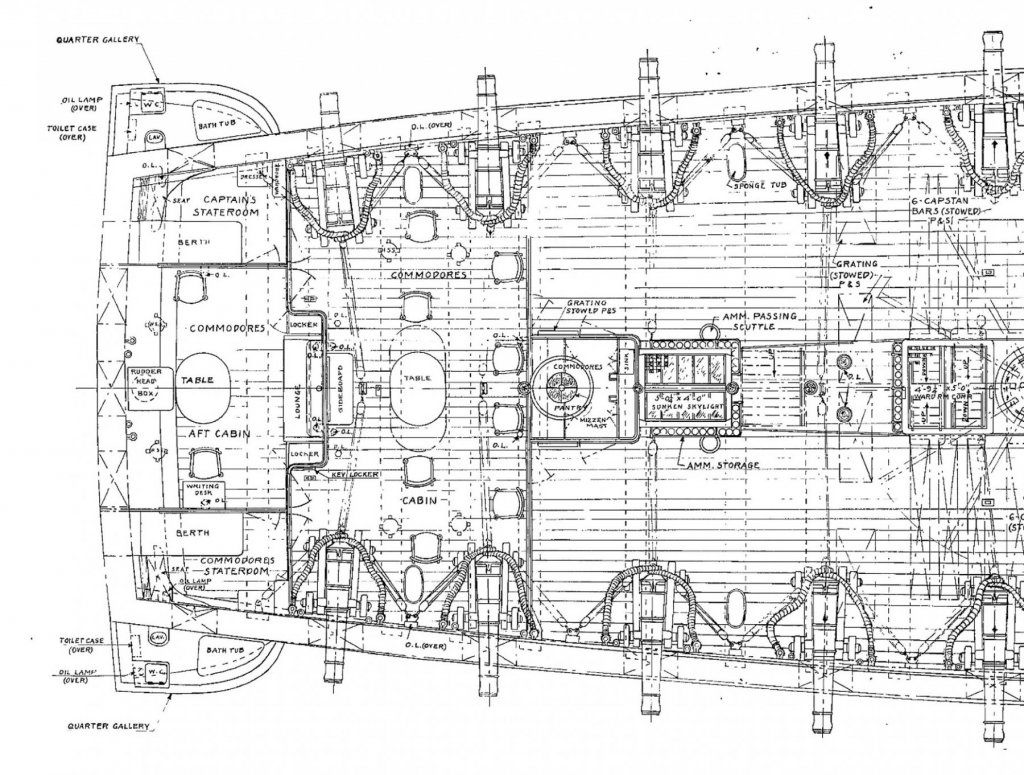
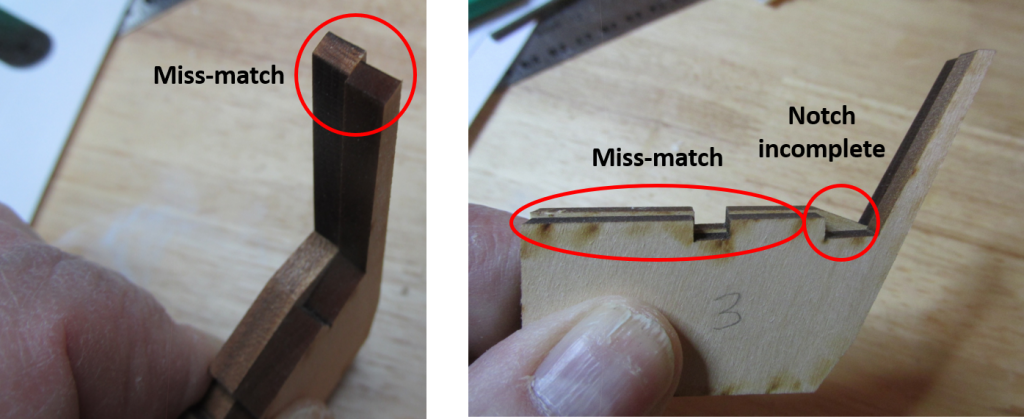
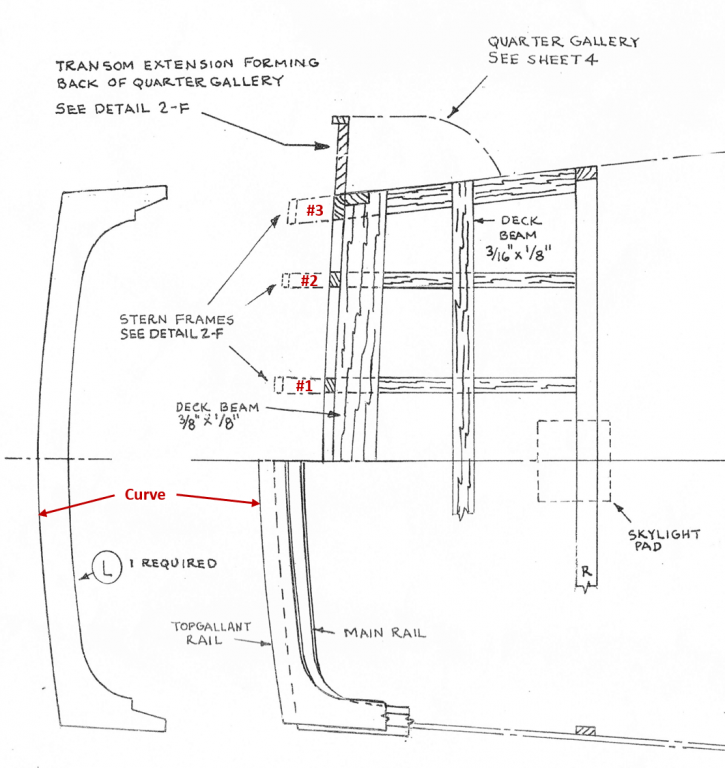
USS Constitution by kmart - Model Shipways - scale 1/76
in - Kit build logs for subjects built from 1751 - 1800
Posted
I can see that I have my work cut out for me when I get to this stage. Nice work!!
Jon